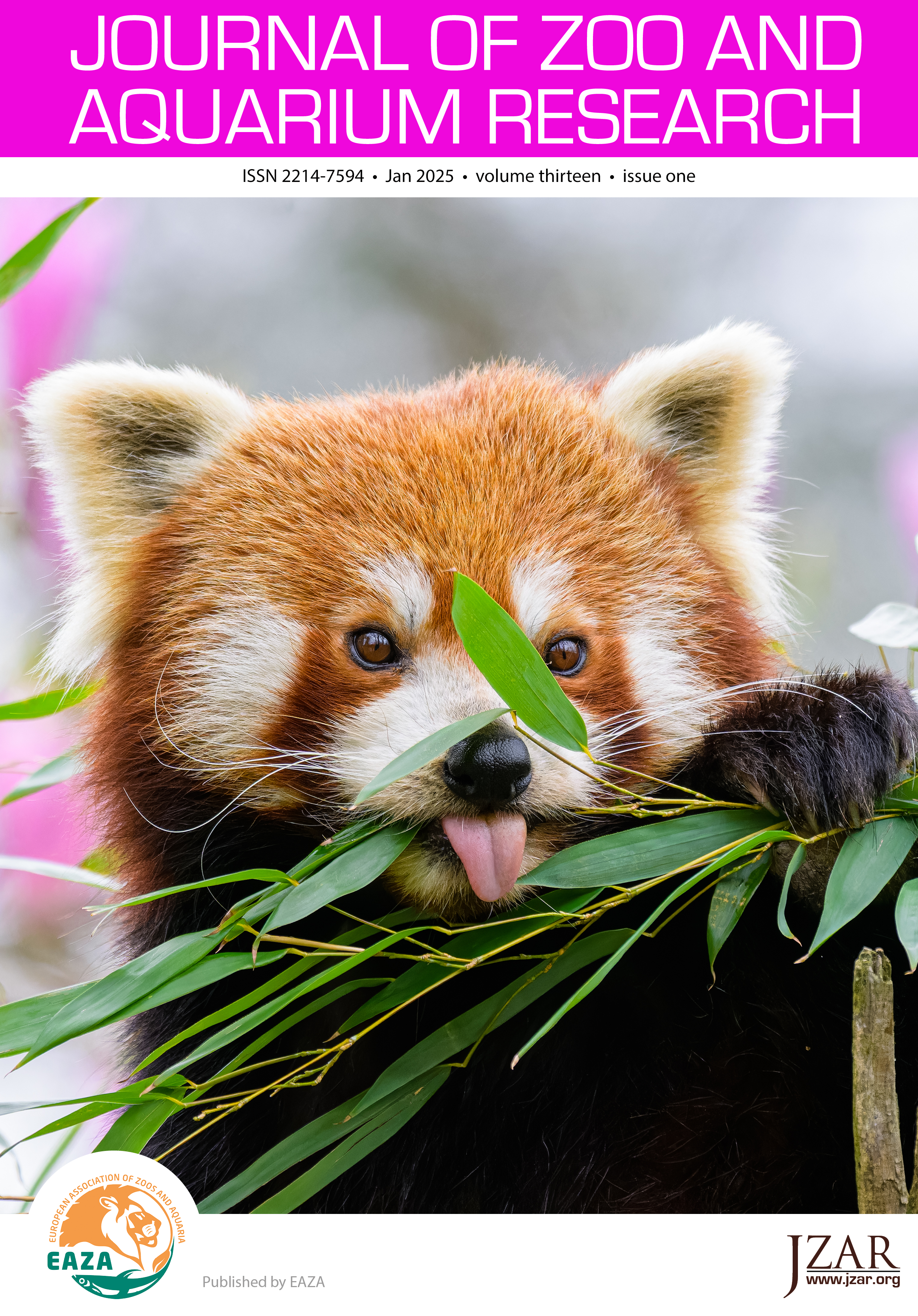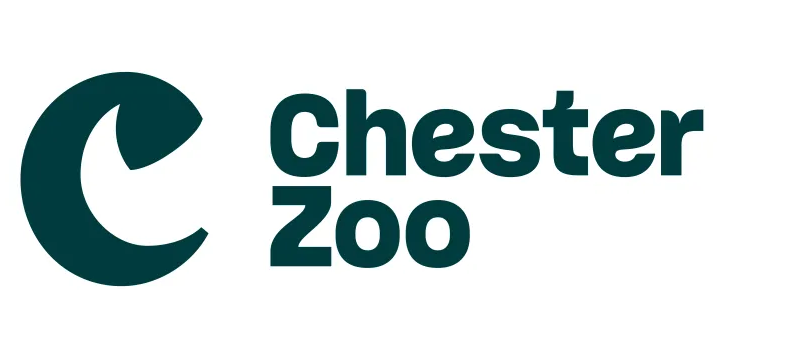AR you aware? Augmented Reality in zoos to highlight the trashy truth of human waste impacts
DOI:
https://doi.org/10.19227/jzar.v13i1.821Keywords:
Conservation Education, Experience, Sensitive Ecosystems, Sustainability, Waste Management, Zoological InstitutionsAbstract
The environmental impacts of human activities are widely acknowledged, but the ramifications of inadequate waste management on threatened species in distant habitats often remain overlooked. This study explores the potential of Augmented Reality (AR) technology in zoos as an educational tool to raise awareness regarding unsustainable practices in high biodiversity ecosystems. By leveraging newer AR technologies, animals in zoos can serve as effective ambassadors, conveying sustainability messages and showcasing the challenges faced by threatened species in their natural habitats. Through a comprehensive examination, this paper sheds light on the valuable insights and potential applications of utilizing AR technology for conservation education. While the impact on knowledge change was not found to be statistically significant, the incorporation of AR has the potential to enhance visitors’ perception of new scenarios, thus augmenting the educational value of zoos by introducing novel elements, exemplified by the representation of the detrimental effects of unsustainable waste management in delicate ecosystems. Furthermore, the results demonstrate that the majority of users perceive the utilization of AR in zoos as a highly positive experience, fostering increased engagement and extended periods of observation within the habitats. However, the findings of this study also demonstrate that AR does not necessarily offer an education solution despite its potential to enrich the visitor experience in the context of zoos. Therefore, more objective-focused designed and curated AR experiences need to be developed, to unveil the education potential of AR in zoos and aquariums.
Downloads
Published
How to Cite
Issue
Section
License
JZAR fulfils the DOAJ definition of open access and provides free and open access to the full text of all content without delay under a Creative Commons licence. The copyright holder of JZAR publications grants usage rights to third parties, allowing for immediate free access to the work and permitting any user to read, download, copy, distribute, print, search, or link to the full texts of articles.







